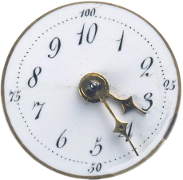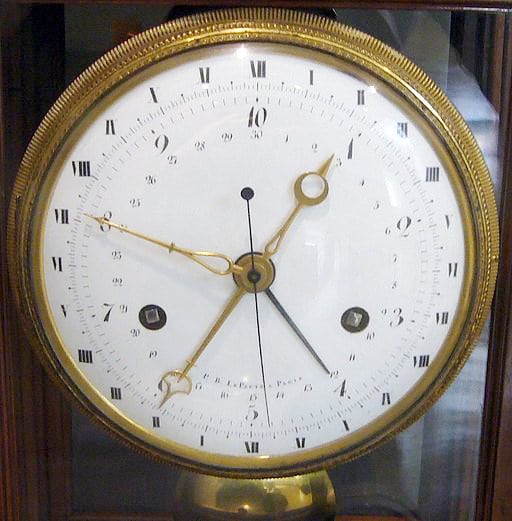

Thus, though the Third Estate comprised of more than 98% of the French population, it was usually overruled by the nobility and the clergy. The Estates General had last met in 1614 but it was summoned by King Louis XVI in May 1789 as the nation was facing a severe financial crisis.

It was divided into three estates: the clergy (First Estate), the nobility (Second Estate) and the rest of the population (Third Estate). The Estates General was the general assembly of France. And everyone returned to the Gregorian calendar and knew what day it was again.#1 The Tennis Court Oath – JThe Tennis Court Oath on J– Painting by Jacques-Louis David

When Napoleon was elected Emperor he abolished the calendar. In less than two years the new time system became optional. It was an unwieldy and complicated system. And worse, whereas before they had one day off in seven, now they only had one day off in ten. 100 seconds in a minute.Ĭonfused? Yes so was your average Citoyen and Citoyenne.

For instance 12 June was Caille-lait which means bed straw, and 2 July was Lavande (Lavender).Ī day had 10 hours. Names were given to every day of the year too, based on trees, flowers, plants, animals and farm tools. In England, the French months were referred to as: Snowy, Flowy, Blowy, Showery, Flowery, Bowery, Hoppy, Croppy, Droppy, Breezy, Sneezy and Freezy. If you’re thinking that sounds like something from a Disney film, you’re not wrong. Messidor from the Latin ‘messis’, corn harvestįructidor from the Latin ‘fructus’, fruit Calendar confusion Prairial from the French ‘prairie’, meadow Germinal from the Latin ‘germen, germinis’, budįloréal (from the Latin ‘floreus’, flowery Pluviôse from the Latin ‘pluviosus’, rainy Vendémiaire from the Latin ‘vindemia’, grape harvest was when the new year started – in Septemberįrimaire from the French ‘frimas’, hoarfrost Poet Philippe François Nazaire Fabre, known as Fabre d’Eglantine (1750-1794) was given the honour of naming the months. The end of the year was Fructidor which had 5 supplementary days to make the total add up to 365 days (as per the old calendar). And it had a ten day week: primidi (first day), duodi (second day), tridi (third day), quartidi (fourth day etc.), quintidi, sextidi, septidi, octidi, nonidi and décadi. A revolutionary calendarĪ secular calendar was established. And the traditional Gregorian calendar with its seven day week and Saints Days and Christian festivals was eliminated. You were no longer Monsieur or Madame, but Citoyen or Citoyenne. The members of the new Republican Government didn’t just deal with wiping out the royal family and as many nobles as they could, it was also about establishing a new order of equality and unity. The French Republic was established in 1792, three years after the start of the French Revolution. But – it was a reproduction of a French Republican Calendar and it bears little resemblance to today’s calendars. History of the French Republican CalendarĪt the beginning of the year a friend who lives in the far south of France emailed me a picture of a calendar left as a gift in his post box by the mayor who had in fact given one out to everyone in the very small village. It also led to new legal and social reforms, the unification of France and a metric system. A royal family deposed, the eradication of royal and religious references, people power, a Queen who almost escaped to America, the start of the Napoleonic era – the French Revolution was a period of terror and of turmoil, of civil war and neighbour versus neighbour.


 0 kommentar(er)
0 kommentar(er)
